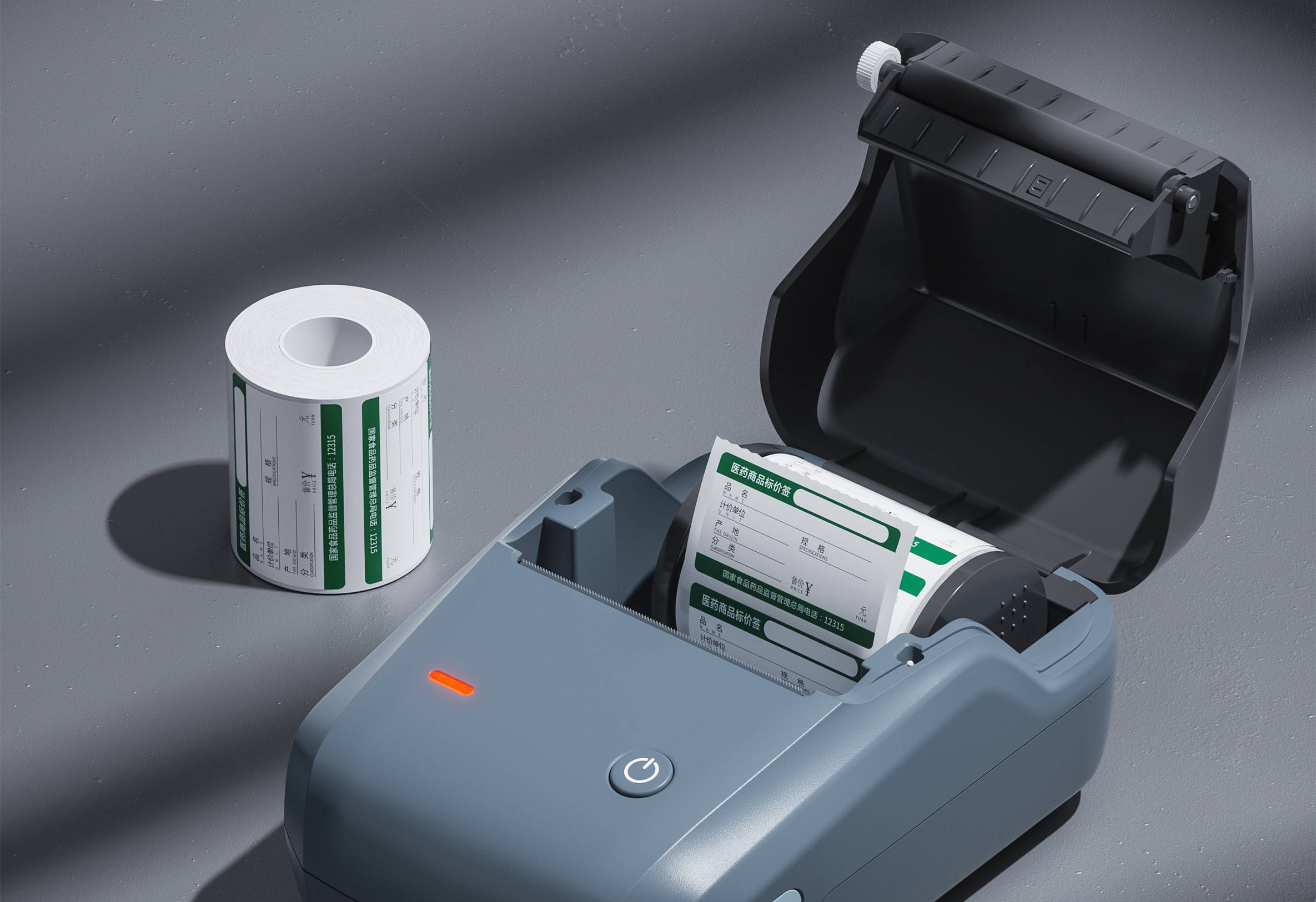
Project Introduction
PFOS (perfluorooctanesulphonate) is the abbreviation of perfluorooctane sulphonate. On December 27, 2006, the European Parliament and the Council of Ministers jointly issued the "Directive on Restricting the Sales and Use of PFOS" (2006/122 /EC), the directive came into effect on June 27, 2008, and was repealed on May 31, 2009, and the corresponding regulatory requirements were included in the REACH regulations.
Instruction content
Contents of PFOS restriction instruction
Restrict the use and marketing of PFOS products. Substances with PFOS as constituent substances or elements whose concentration or mass is equal to or greater than 0.005% shall not be sold. Restrict the use of PFOS in finished and semi-finished products. Do not sell finished products, semi-finished products and parts containing PFOS concentration or quality equal to or exceeding 0.1% (1000ppm). The scope of the restriction includes all products intentionally added with PFOS, including the coating surface used in specific parts and products. Among them, the limit of textiles and coating materials is 1μg/m2. However, the restrictions are only for new products, and there are no restrictions on products that are already in use or on the second-hand market.
Evaluate instructions. In order to phase out the use of PFOS, when new situations or safe alternative products appear, the scope of restrictions in the directive should be evaluated.
The US EPA has proposed the PFOA Stewardship plan (PFOA autonomous reduction plan), that is, by 2010, PFOA emissions will be reduced by 95%, and by 2015, it will be reduced by 100%, that is, zero emissions.
The PoHS draft proposed by the Norwegian Pollution Control Authority (SFT) also clearly restricts the application of PFOA to 50 ppm.
Application of PFOS
PFOS related chemicals are now used in different products, mainly including three application areas:
1. PFOS-related chemicals used for surface treatment can ensure the anti-fouling, oil-proof and waterproof of personal clothes, home decoration, and car interiors.
2. PFOS related chemicals used for paper protection, as part of slurry forming, can ensure the oil and water resistance of paper and cardboard.
3. PFOS-related chemicals in the category of performance chemicals are widely used in specialized industries, commerce, and consumer fields. This category includes various PFOS salts that are commercialized as final products.
The hazards of PFOS
Perfluorochemicals accumulate in the adipose tissue of living organisms and are harmful to humans and wildlife. Evidence shows that exposure to perfluorinated chemicals including PFOS and PFOA can cause birth defects, adversely affect the immune system, and destroy thyroid function, which can cause many developmental problems during pregnancy.
PFOS limit
2006/122/EC stipulates that if PFOS is used as a component of a preparation, its concentration or quality is equal to or greater than 0.005%. It shall not be sold; for textiles or other coating materials, if the amount of PFOS in the coating material is equal to or exceeds 1 μg/m2 , Sales are prohibited. If the concentration or quality of PFOS used in semi-finished products is equal to or exceeds 0.1%, semi-finished products and components are also included in the scope of the ban; the scope of the directive includes all products that intend to add PFOS, including those used in specific parts and products Layer surface, such as textiles. However, the restrictions are only for new products, and there are no restrictions on products that are already in use or on the second-hand market.
classification | Maximum concentration limit | |
Product ingredient formula | 0.005% | 50ppm |
Semi-finished products or parts | 0.1% | 1000ppm |
Textile or coating | 1 ug/㎡ | |
PFOA (perfluorooctanoic acid and salts)
Similarly, the European Parliament has also put forward EU restrictions on PFOA and PFOA salts, which are also suspected to carry the same risks as PFOS. Applications of PFOA and its derivatives include surface treatment of household products (such as non-stick cookware), convenience food packaging, etc. The European Commission has been asked to re-examine dangerous events, find safer alternatives, and define risk reduction measures, The potential toxicity, widespread incidence, and persistence of PFOA in people of all ages have attracted great attention from the U.S. public and supervisory authority. According to documents, PFOA can cause animals to develop testicular cancer of the liver and pancreas, and PFOA is listed as a carcinogen in California Proposition 65.

Label printers entering the Brazilian market, ANATEL certification is an essential passport! It is the recognition of the Brazilian Telecommunications Authority for the safety and compliance of electronic products, without which products cannot be legally sold.

SRRC certification is not only a guarantee of product compliance, but also a key to opening up the market.

FCC ID certification is a mandatory certification for electronic products by the Federal Communications Commission (FCC) in the United States, and it is essential for label printers to obtain this certification.
PFOS (perfluorooctanesulphonate) is the abbreviation of perfluorooctane sulphonate. On December 27, 2006, the European Parliament and the Council of Ministers jointly issued the \"Directive on Restricting the Sales and Use of PFOS\" (2006/122 /EC), the directive came into effect on June 27, 2008, and was repealed on May 31, 2009, and the corresponding regulatory requirements were included in the REACH regulations.
Get a quote